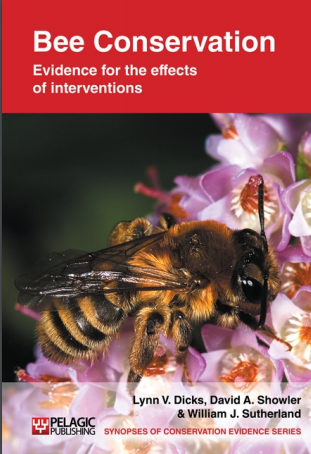Leave field margins unsprayed within the crop (conservation headlands)
-
Overall effectiveness category Awaiting assessment
-
Number of studies: 3
View assessment score
Hide assessment score
How is the evidence assessed?
-
Effectiveness
not assessed -
Certainty
not assessed -
Harms
not assessed
Study locations
Supporting evidence from individual studies
Kells et al. (2001) counted bumblebees Bombus spp. and honey bees Apis mellifera on 50 m transects in five 6 m wide field margins managed as conservation headlands, and ten naturally regenerated, uncropped field margins in the West Midlands, England. They recorded averages of less than three bees/transect in conservation headlands, compared to averages of between 10 and 50 bees/transect in naturally regenerated margins.
Study and other actions testedA replicated controlled trial (Pywell et al. 2005) in East Anglia and the West Midlands, England, found no significant difference in bumblebee species richness and abundance when 16 conservation headlands were compared with paired conventional field margins. In both types of field margin, a few species of plant contributed to the vast majority of foraging visits by bumblebees, mainly creeping thistle Cirsium arvense and spear thistle C. vulgare.
Study and other actions testedIn a replicated controlled trial at six sites (two replicates/site) across central and eastern England, Carvell et al. (2007) found that unsprayed conservation headlands did not support more bumblebee individuals or species than conventional cropped field margins.
Study and other actions tested
Where has this evidence come from?
List of journals searched by synopsis
All the journals searched for all synopses
This Action forms part of the Action Synopsis:
Bee Conservation
Bee Conservation - Published 2010
Bee Synopsis





)_2023.JPG)














